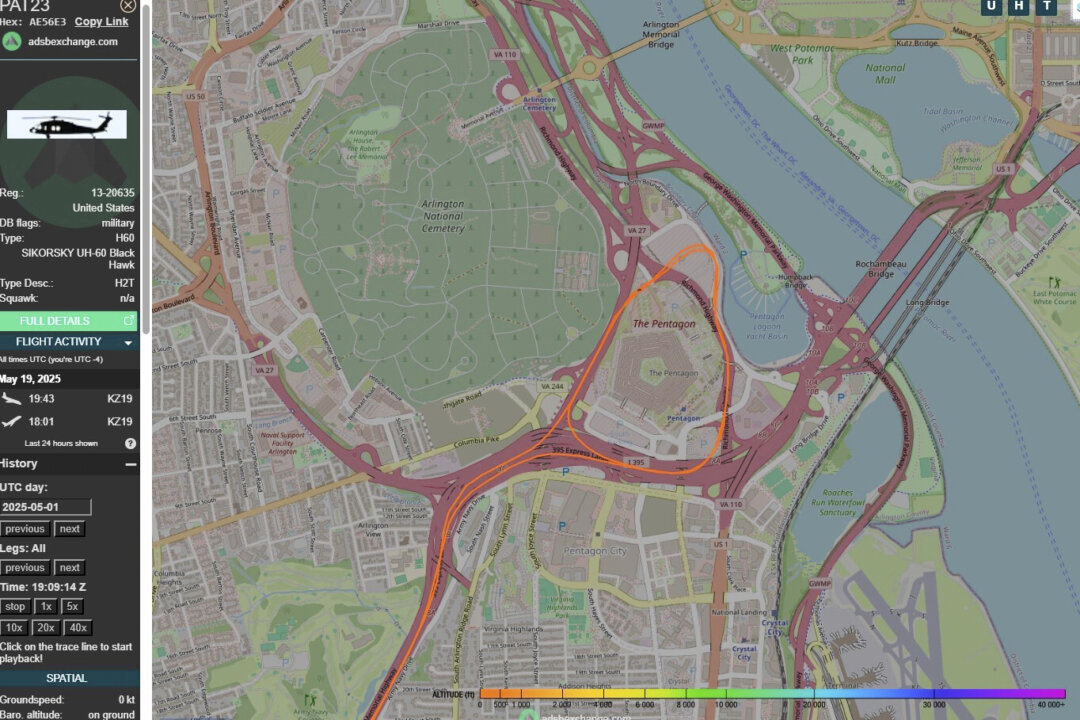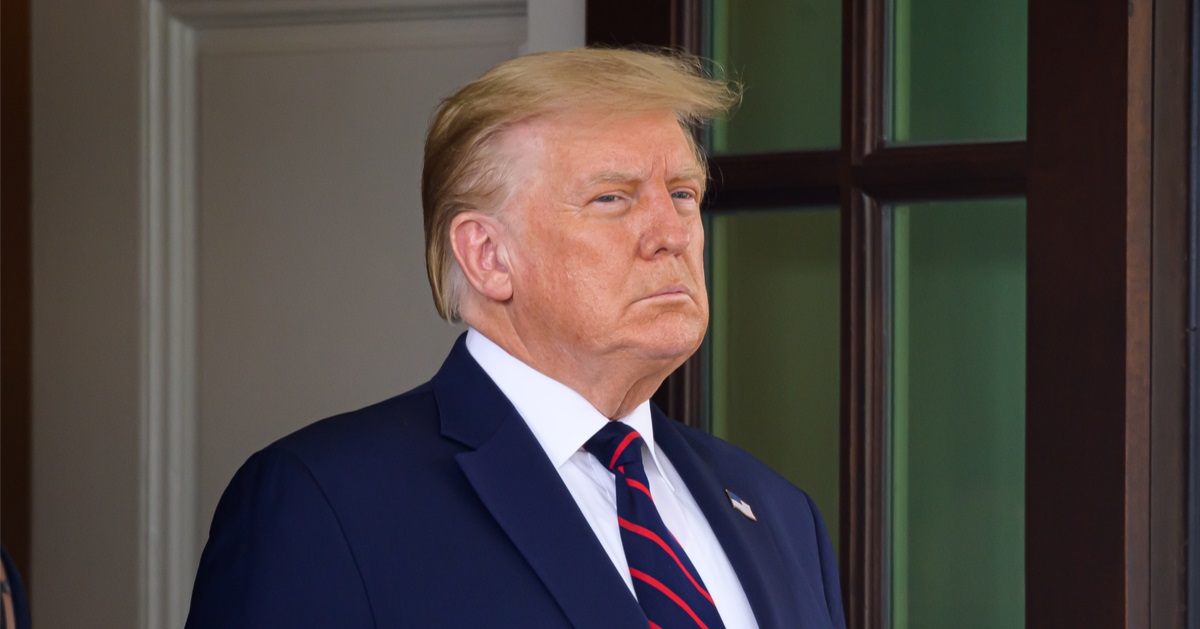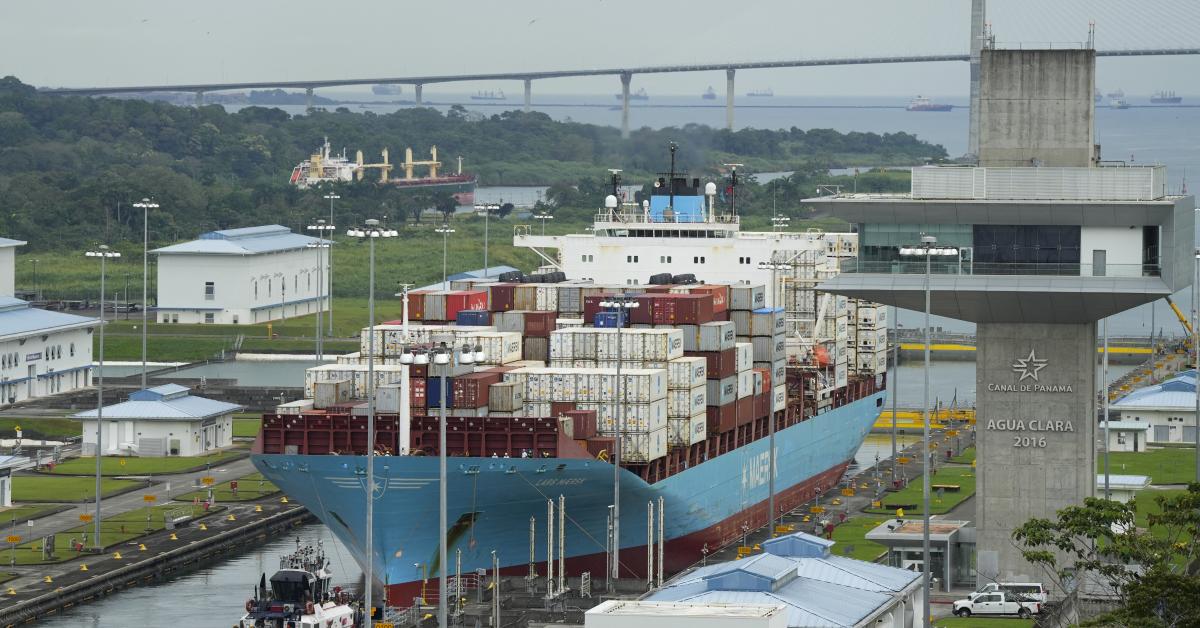On May 1st, an Army Black Hawk helicopter experienced a 20-second communication blackout as it neared the Pentagon. This brief loss of contact led to two commercial flights aborting their landings at Ronald Reagan Washington National Airport. Brigadier General Matthew Braman, who oversees Army aviation, explained that a temporary control tower antenna wasn’t properly positioned, causing the communications lapse.
The antenna setup was temporary due to construction at the Pentagon, but it’s since been relocated to the roof to avoid future issues. During the incident, federal air traffic controllers had difficulty pinpointing the Black Hawk’s exact location. Although the helicopter was sending out data, the information from various feeds and sensors wasn’t reliable, sometimes off by as much as three-quarters of a mile.
Braman noted that this created confusion for air traffic controllers trying to track the helicopter. The FAA has not yet commented on whether their controllers could accurately determine the helicopter’s position at that time. Due to the uncertainty, they halted the landing of a Delta Air Lines Airbus A319 to avoid any potential collision.
The Memorial Day Sale is ON NOW! Get 25% off site-wide with discount code MEMORIAL25 at checkout.
Includes FREE shipping in the USA.
https://GetZStack.Com
As the Black Hawk circled for a second attempt, the controllers once again decided to abort another jet’s landing, this time a Republic Airways Embraer E170. The incident has raised safety concerns in Washington’s busy airspace, especially given a previous tragic midair collision in January involving an Army helicopter. The Army has since suspended all helicopter flights in and out of the Pentagon to address these safety concerns.
This suspension affects the 12th Aviation Battalion, which is crucial for evacuating top political figures in emergencies. The Department of Defense is working closely with the FAA to resolve the safety issues and prevent similar incidents. The FAA and the National Transportation Safety Board are both investigating the situation.
Transportation Secretary Sean Duffy expressed his disapproval on social media, emphasizing the importance of strict adherence to helicopter restrictions around Reagan National. Duffy stressed that safety should always be the top priority, especially after the January tragedy. He suggested that VIPs should consider using ground transportation instead of helicopter flights in such a congested airspace.
Senate Commerce Committee Chairman Ted Cruz criticized the incident, stating it endangered the traveling public. He urged the FAA to take swift action to manage the airspace more effectively. Cruz emphasized the need for the Army to reassess its use of helicopters near a busy civilian airport.
Senator Maria Cantwell also weighed in, calling for the Department of Defense and FAA to prioritize airspace security and safety. This incident has highlighted the need for better coordination between military and civilian air traffic operations. In response to ongoing concerns, the FAA has already closed a key route and restricted certain runways during helicopter operations.
The adjustments aim to enhance safety and minimize risks in the capital region’s airspace. The Associated Press contributed to this report, shedding light on the broader implications of the incident. The investigation continues as officials seek to ensure such communication failures do not happen again.
With heightened scrutiny on helicopter operations, authorities are working to balance military needs and public safety. The situation underscores the critical nature of precise coordination in shared airspaces. As the investigation unfolds, the focus remains on ensuring the safety of both military and civilian flights in the region.




